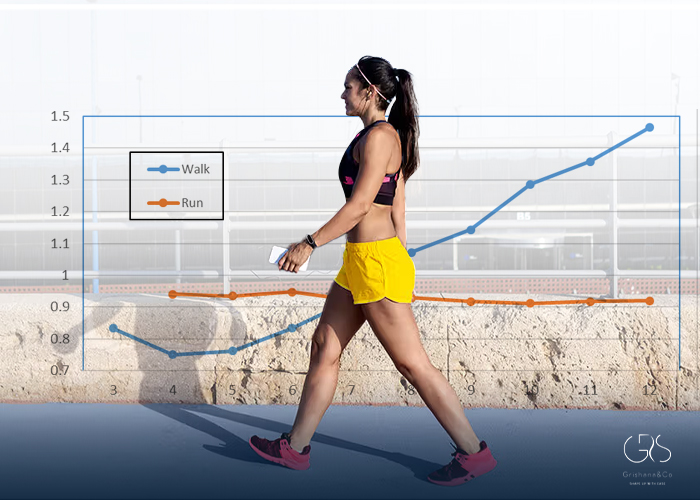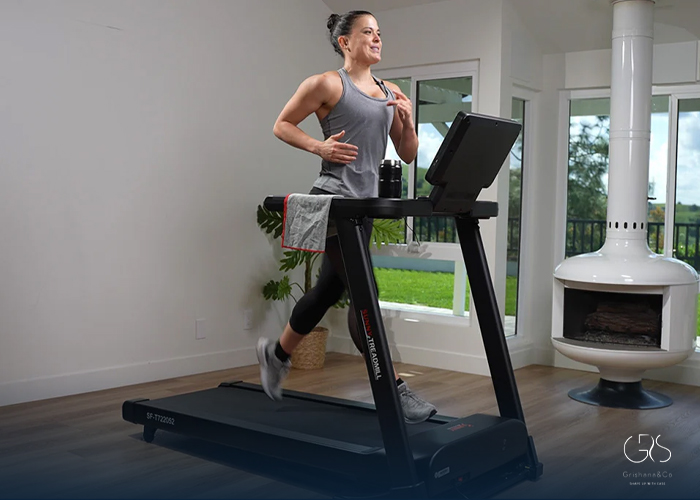Walking is one of the simplest and most accessible forms of exercise. From a leisurely stroll to a brisk power walk, walking offers numerous health benefits, including weight management and improved cardiovascular health. However, one common question that arises is – how many calories do you actually burn by walking? In this article, we will delve into the factors that influence calorie burn during walking, explore methods to track calories burned, discuss strategies to burn more calories while walking, and highlight the overall health benefits of walking as exercise.
How Pace, Weight, and Distance Factor In:
The number of calories burned during walking depends on various factors such as pace, weight, and distance covered. Let’s take a closer look at each factor:

Pace:
The pace at which you walk significantly affects calorie burn. Walking at a quicker pace burns more calories per minute compared to walking at a slower pace. This is because walking faster requires greater energy expenditure and engages more muscles. For instance, an average-sized person can burn approximately 167 calories in 30 minutes of walking at a moderate pace of 3 mph, while the same person can burn around 314 calories by walking at a more vigorous pace of 4.5 mph.
Weight:
Your body weight also plays a role in determining the number of calories burned while walking. Generally, the more you weigh, the more calories you burn during physical activities, including walking. This is because carrying extra weight requires more energy expenditure. Fitness level is also a contributing factor, with individuals who are more fit burning fewer calories while performing the same activity compared to those who are less fit.
Distance Covered:
The distance covered during a walk directly impacts calorie burn. The further you walk, the more calories you are likely to burn. For instance, walking one mile burns approximately 100 calories, whereas walking two miles doubles the calorie burn to around 200 calories. Therefore, if your goal is to burn more calories while walking, increasing the distance can be an effective strategy.
How to Track Calories Burned While Walking:
Tracking calories burned during walking can help you monitor your progress and set realistic fitness goals. Several methods can be used to track calorie burn:
- Fitness Trackers: Wearable fitness trackers and smartwatches equipped with heart rate monitors can estimate calories burned during walking based on your heart rate, distance covered, and other parameters. These devices provide a convenient and accurate way to track your activity level.
- Mobile Applications: Numerous mobile applications are available that leverage GPS and accelerometer technology to estimate calories burned. These apps allow you to log your walking sessions, track distance, and monitor calories burned.
- Online Calorie Calculators: Online calorie calculators take into account factors such as pace, weight, and distance to estimate calories burned during walking. By inputting your information into these calculators, you can get a rough estimate of your calorie burn.

How to Burn More Calories While Walking:
If your goal is to maximize calorie burn during walking, there are several strategies you can implement:
- Increase Intensity: Walking at a faster pace or incorporating short bursts of jogging or running can significantly increase calorie burn. High-intensity interval training (HIIT) while walking alternates between periods of fast walking or jogging and recovery periods of slower walking.
- Incorporate Inclines: Walking uphill or on an incline engages more muscles and elevates your heart rate, leading to higher calorie burn. If you have access to hilly terrain or a treadmill with an incline feature, try adding inclines to your walking routine.
- Add Weight Resistance: Carrying light hand weights or wearing a weighted vest can increase the resistance, resulting in more calories burned. However, caution should be exercised while adding weights to ensure it does not strain your joints or affect your walking form.
Why Walking Is Good Exercise:
Walking is not only an accessible and low-impact exercise but also offers a plethora of health benefits, including:
- Weight Management: Regular walking can contribute to weight loss and weight maintenance by burning calories and boosting metabolism. It can also help reduce body fat and maintain lean muscle mass.
- Cardiovascular Health: Walking is a great cardiovascular exercise that helps strengthen the heart, lower blood pressure, and improve overall cardiovascular fitness. Regular walking can reduce the risk of heart disease, stroke, and diabetes.
- Mental Well-being: Walking has positive effects on mental health, reducing symptoms of anxiety and depression, improving mood, and boosting overall mental well-being. The combination of physical activity and being outdoors promotes relaxation and a sense of well-being.

Conclusion:
Walking is a versatile and effective form of exercise that can fit into anyone’s lifestyle. The number of calories burned while walking depends on factors such as pace, weight, and distance covered. By using various tracking methods and implementing strategies to enhance calorie burn, individuals can optimize their walking routine to achieve their fitness goals. Moreover, walking offers numerous health benefits, including weight management, improved cardiovascular health, and enhanced mental well-being. So, put on your walking shoes and start reaping the benefits of this simple yet powerful exercise!
Sources
- Mayo Clinic, Exercise for weight loss: Calories burned in 1 hour
- Harvard Health Publishing, Walking for Health
- American Heart Association, Walking 101










